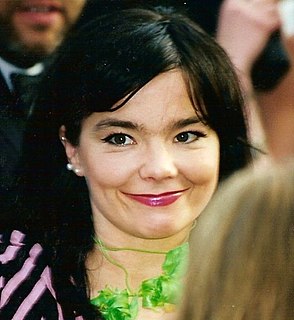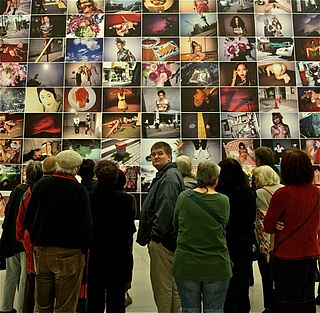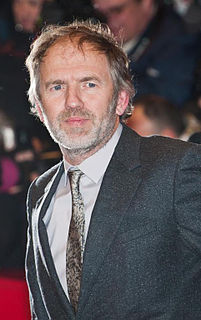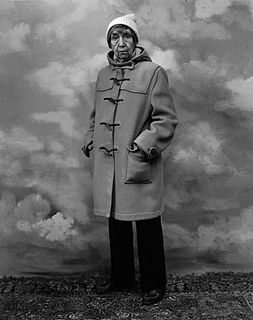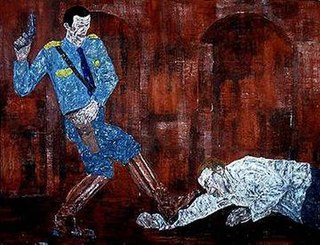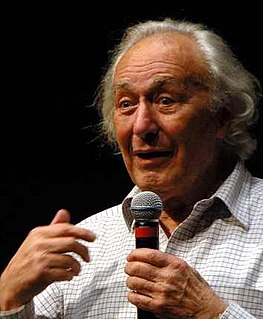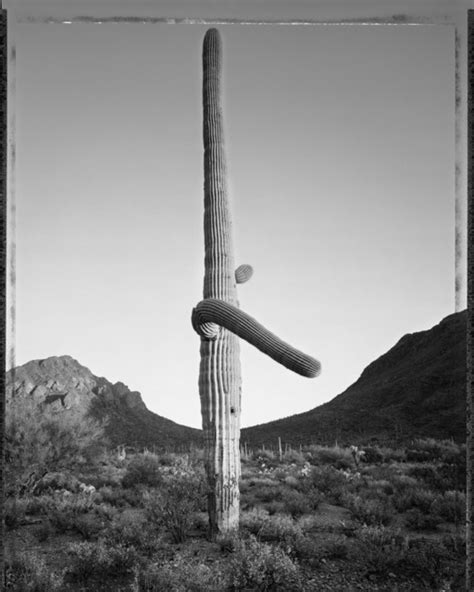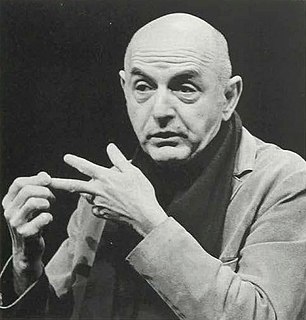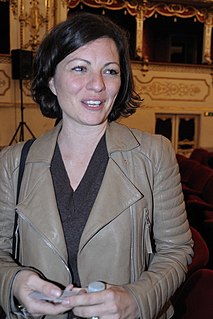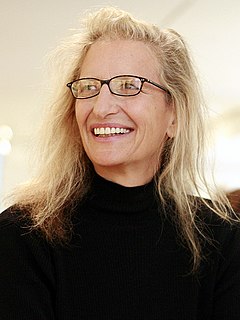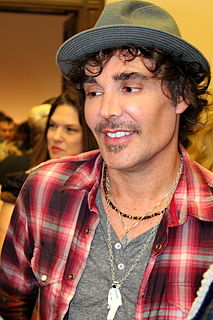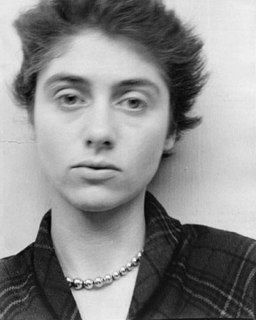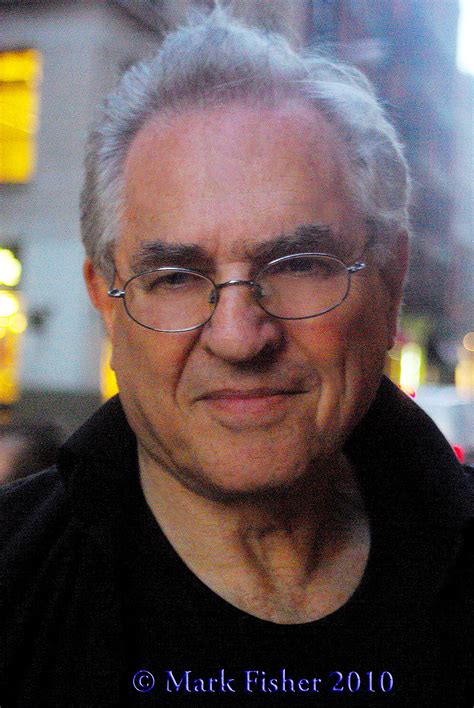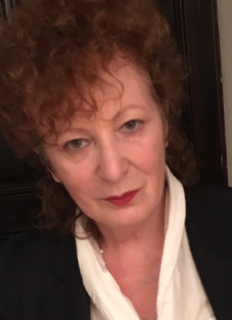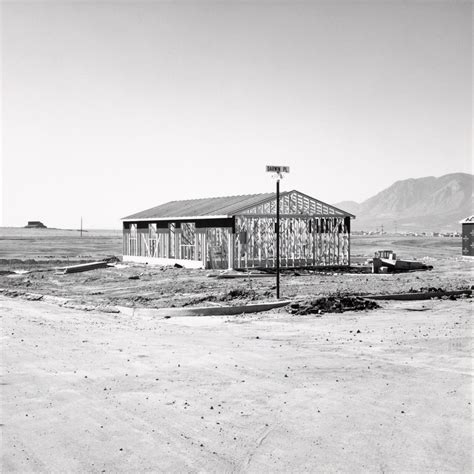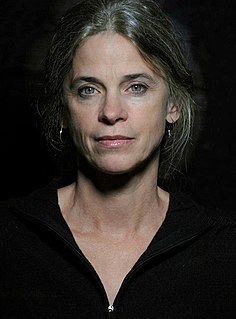A Quote by Sam Abell
We know that photographs inform people. We also know that photographs move people. The photograph that does both is the one we want to see and make.
Related Quotes
But there is more to a fine photograph than information. We are also seeking to present an image that arouses the curiosity of the viewer or that, best of all, provokes the viewer to think-to ask a question or simply to gaze in thoughtful wonder. We know that photographs inform people. We also know that photographs move people. The photograph that does both is the one we want to see and make. It is the kind of picture that makes you want to pick up your own camera again and go to work.
The reason I do photographs is to help people understand my music, so it's very important that I am the same, emotionally, in the photographs as in the music. Most people's eyes are much better developed than their ears. If they see a certain emotion in the photograph, then they'll understand the music.
Photographs are diary entries That's all they can be. Photographs are just documentations of a day's event. At the same time, they drag the past into the present and also continue into the future. A day's occurrence evokes both the past and the future. That's why I want to clearly date my pictures. It's actually frustrating, that's why I now photograph the future
I'm actually not so sure what I'm hoping to find making photographs. You always want to come back with an image that's interesting visually, and you hope to get something from the person you photograph that's different than other images you know of these people. I don't know how I go about it. I also don't know how exactly what I set out to get other than these two things.
A photograph is both a pseudo-presence and a token of absence. Like a wood fire in a room, photographs-especially those of people, of distant landscapes and faraway cities, of the vanished past-are incitements to reverie. The sense of the unattainable that can be evoked by photographs feeds directly into the erotic
feelings of those for whom desirability is enhanced by distance.
I am not much interested in discovering new territories to photograph. Instead, what I wish my pictures could do is lessen the distance one often feels when looking at landscape photographs... The longer I work, the more important it is to me to make photographs that tell my story as a participant, and not just an observer of the land.
Saudi Arabia is so conservative. At first there were photographs of women I took that I couldn't publish - of women without their abayas. So I started writing out little anecdotes about things I couldn't photograph and wove it in with a more obscure picture and called it "moments that got away". I realised these worked as well as the photographs by themselves. There are a lot of photographers who feel the story is all in the photographs but I really believe in weaving in complementary words with the pictures.
It is a nostalgic time right now, and photographs actively promote nostalgia. Photography is an elegiac art, a twilight art. Most subjects photographed are, just by virtue of being photographed, touched with pathos. ... All photographs are memento mori. To take photograph is to participate in another person's mortality, vulnerability, mutability. Precisely by slicing out this moment and freezing it, all photographs testify to time's relentless melt
I knew that was coming. That's another stupidity. The people who use the term don't even know the meaning. They use it to refer to photographs they believe are loosely organized, or casually made, whatever you want to call it. Whatever terms you like. The fact is, when they're talking about snapshots they're talking about the family album picture, which is one of the most precisely made photographs.

